Teluk Yu in Langkawi, Malaysia, is a small, quiet seaside park that has been a favorite local picnic spot for generations. A golden sand beach stretches along the bay, palms sway in the breeze, and a few gazebos dot the park’s seafront. Food trucks also add to the chillout vibe, and people often come to relax, picnic, or just enjoy the view.
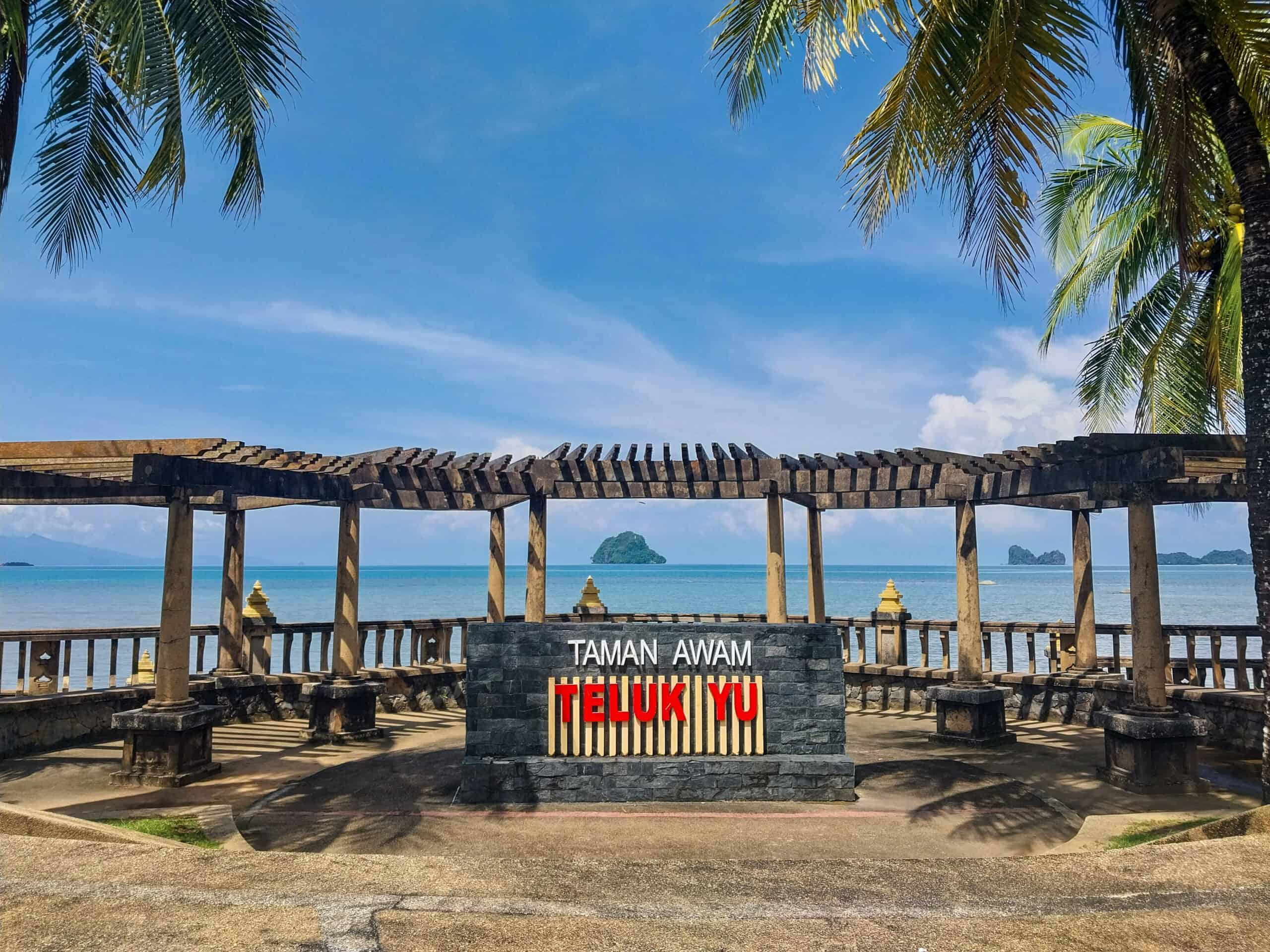
In the late 1990s, two sets of cement shark statues were added along the promenade, fittingly since Teluk Yu means “Shark Bay” in Malay language. A creative touch highlighting the area’s name.
Imagine my surprise, then, when I came across a blog post claiming that the bay was named after those statues. Oh, my goodness!

Trust me, after years of researching and fact-checking things online in Malaysia, I’ve come across plenty of misinformation floating around cyberspace. Some of it is probably due to translation errors passed along too many times. And unfortunately, some of it is simply repeated from other sources without much fact-checking.
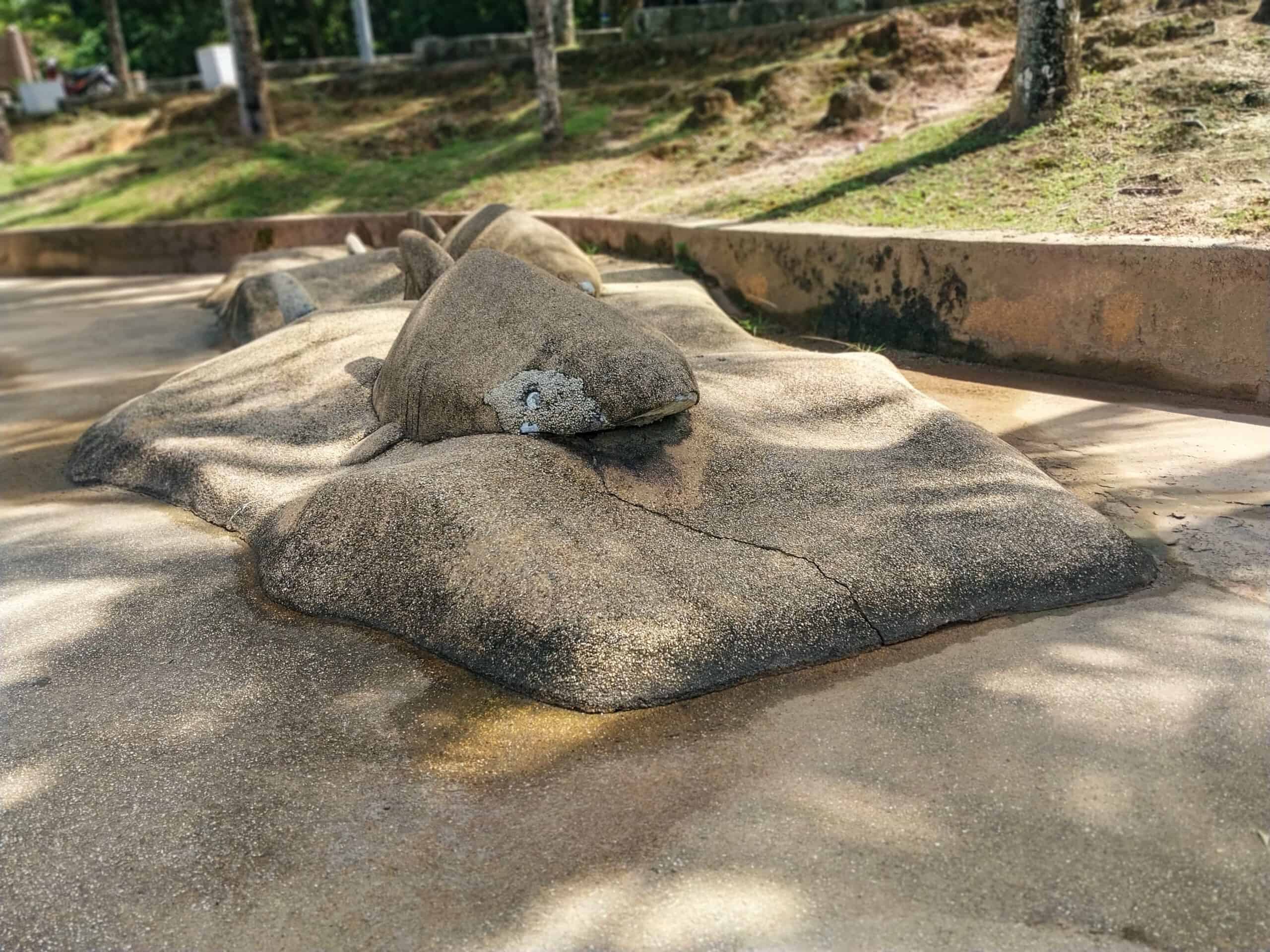
But despite the ridiculous notion that the bay or its beach was named after a couple of modern-day cement shark statues, there’s still some actual debate about the name’s origin. So, I decided to dig a little deeper.
Looking Closer at How Teluk Yu Got Its Name
It was actually Google Translate that first sent me down this Teluk Yu rabbit hole. Google favors the word ‘jerung’ as the Malay translation of shark, which totally confused me. So, I reached out to a few local experts in Langkawi to see what they knew about Teluk Yu.
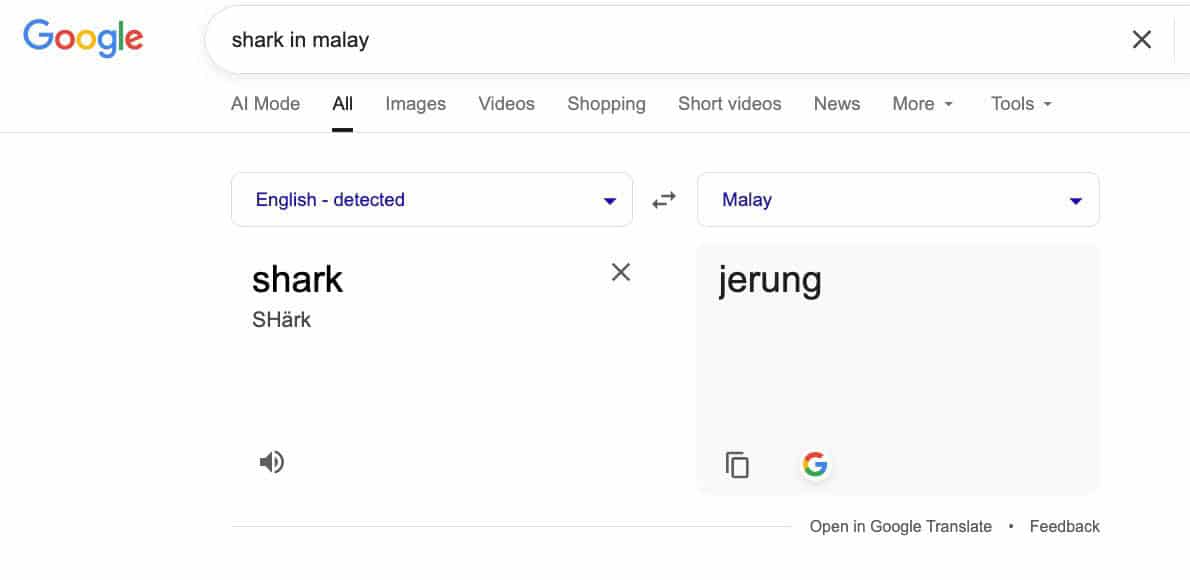
My own theory is that the bay was named for the sharks that were once upon a time more abundant in its waters. During World War II, bodies reportedly drifted across from nearby Koh Tarutao, Thailand (the prison island), only eight kilometers away. The island’s overcrowded prison camp, outbreaks of disease, and clashes with pirates led to many deaths.
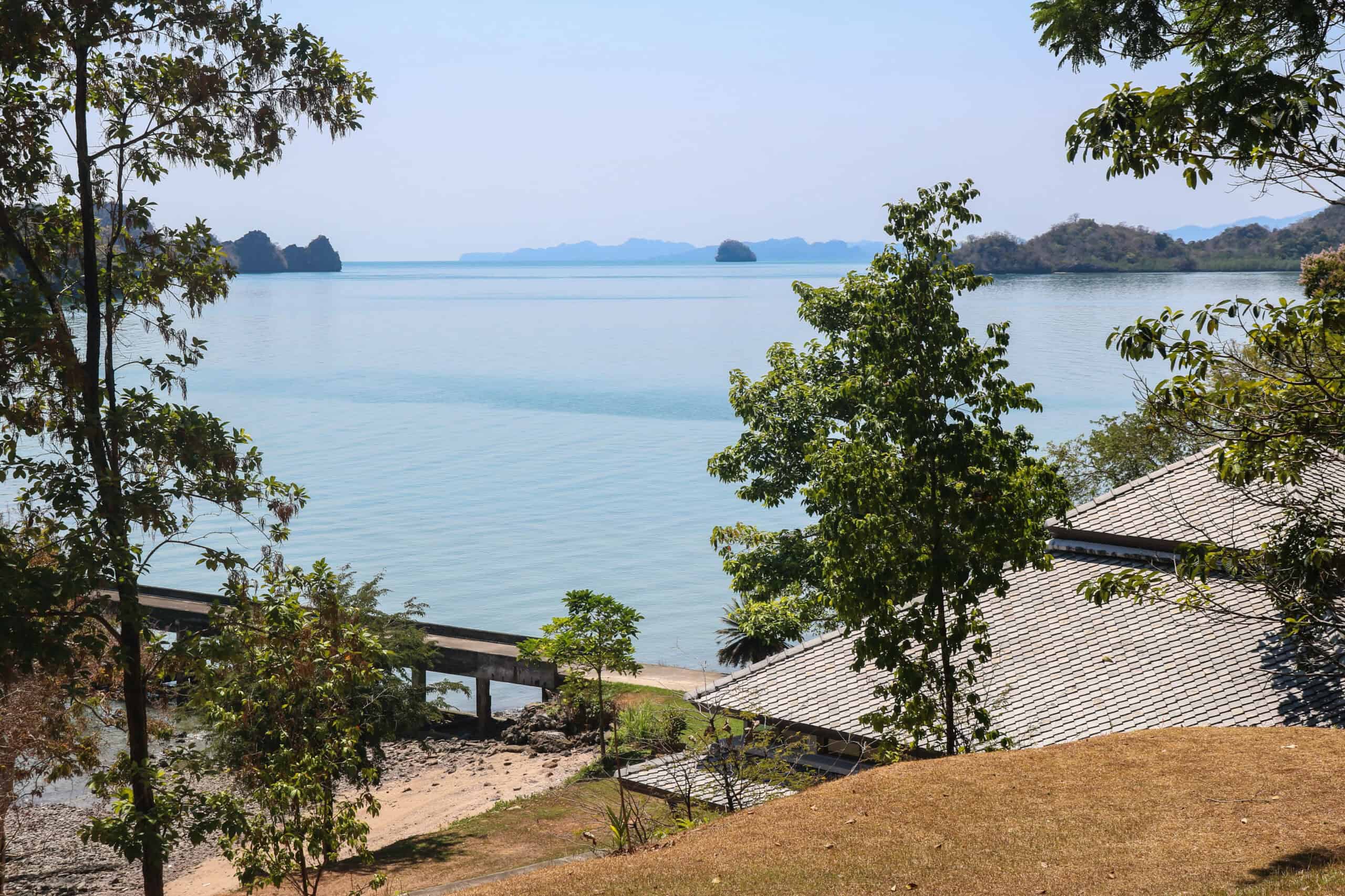
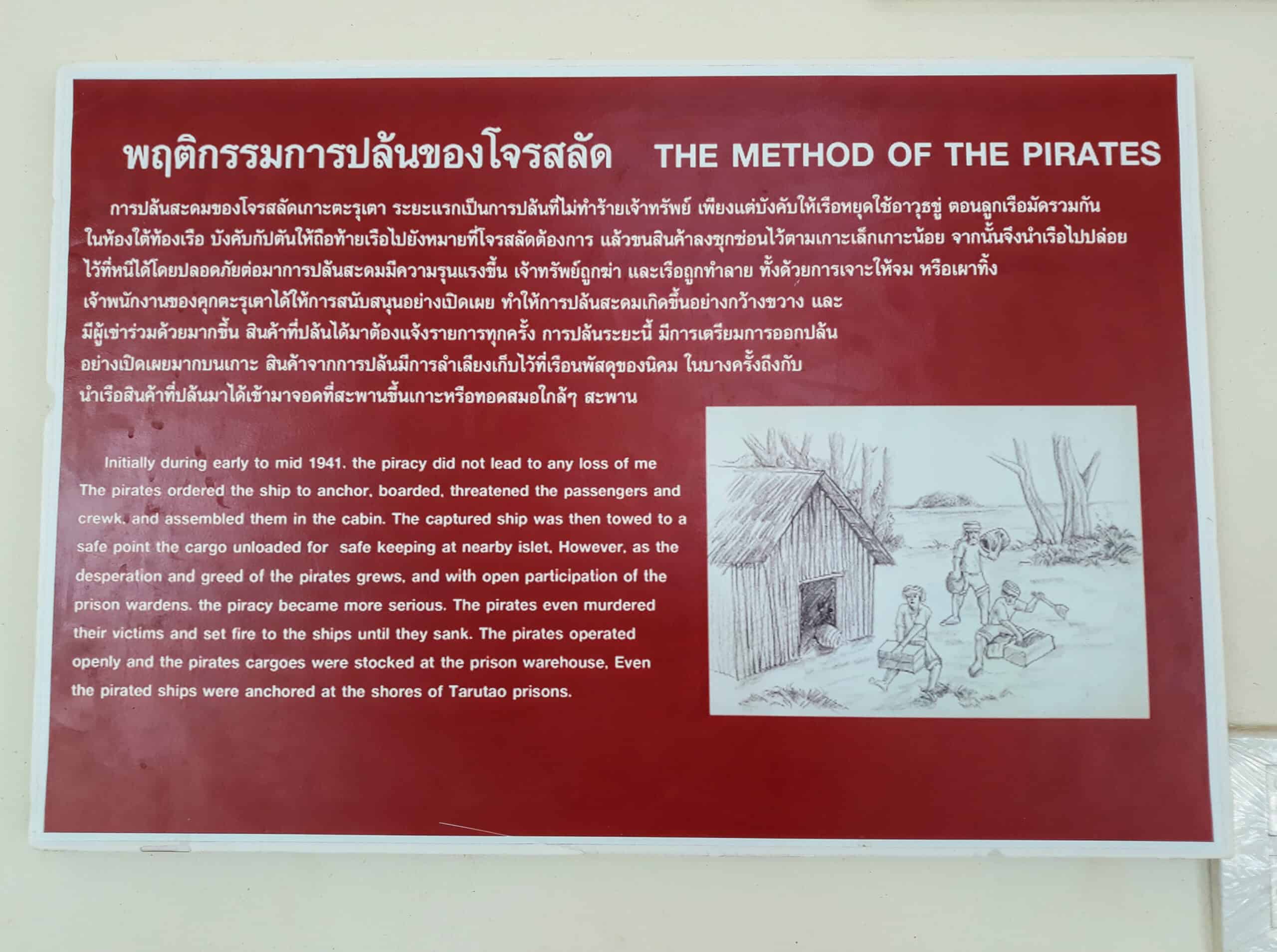
Conditions deteriorated so badly that guards and prisoners reportedly turned to piracy themselves, contributing to the bodies that often ended up in the surrounding waters.
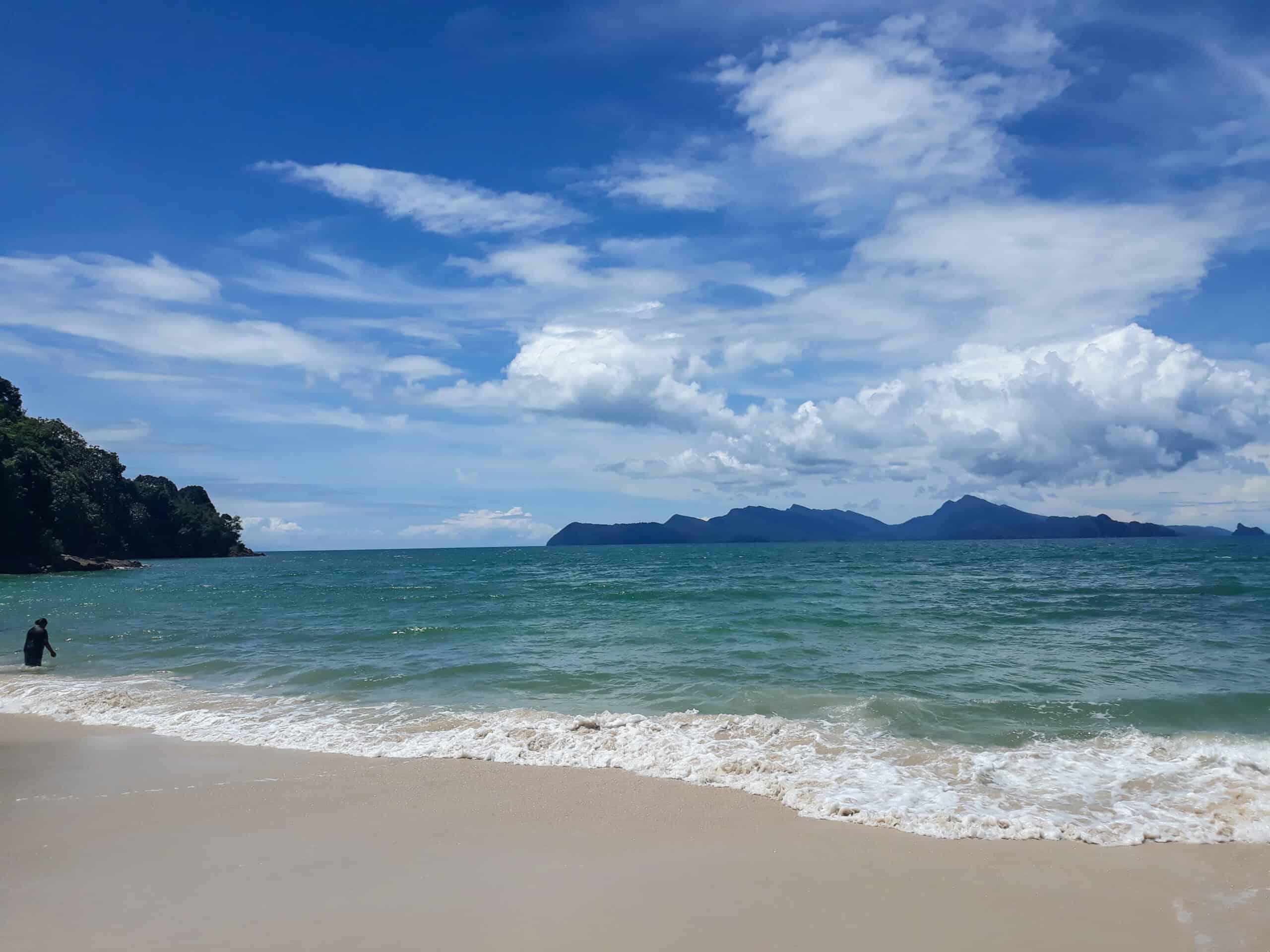
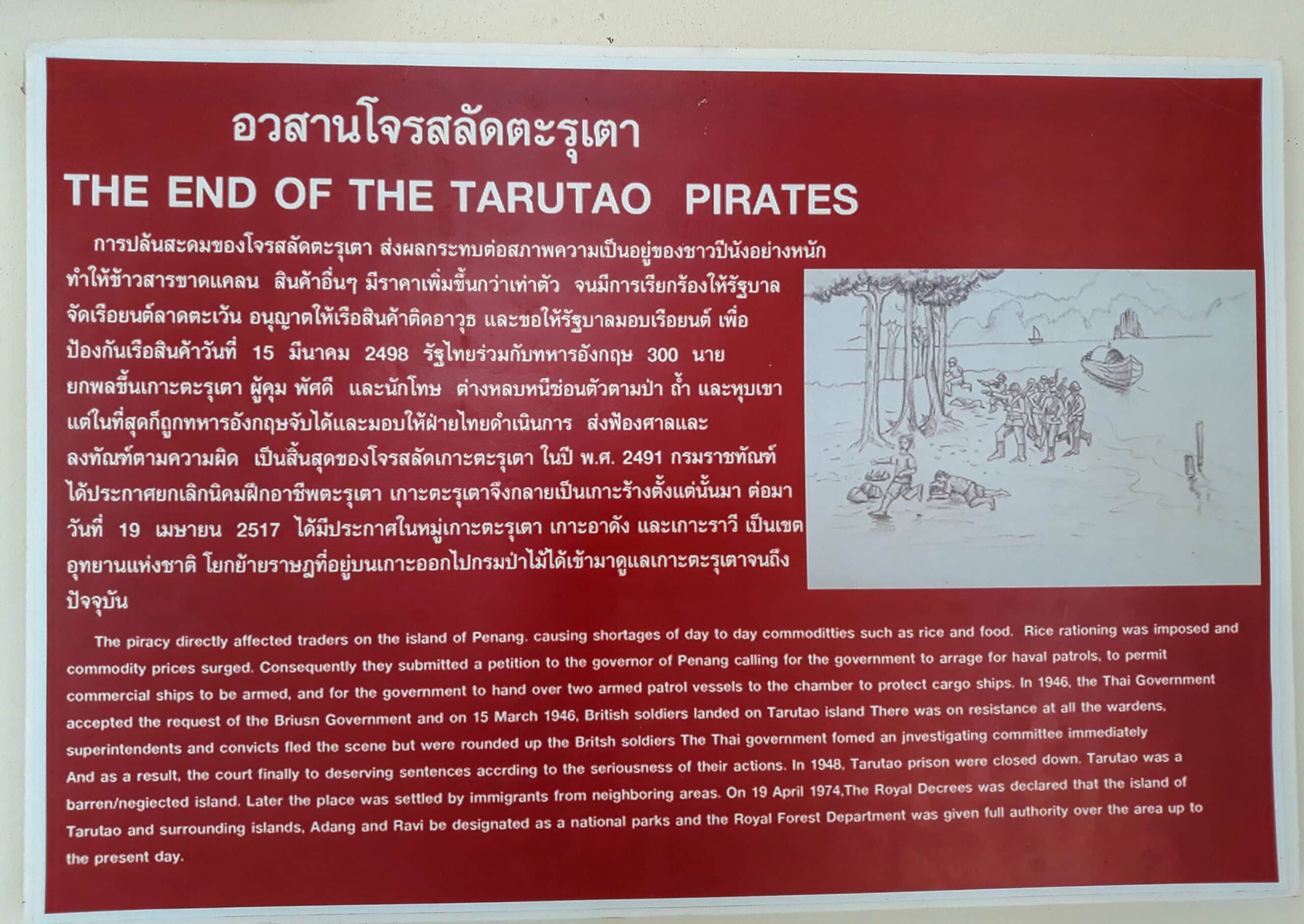
Supporting that idea is the nearby Skull Sand Beach (Pantai Pasir Tengkorak), named for the human remains that occasionally washed ashore. Dead bodies in the surrounding waters would naturally attract sharks, which may help explain why the bay became associated with them, right?
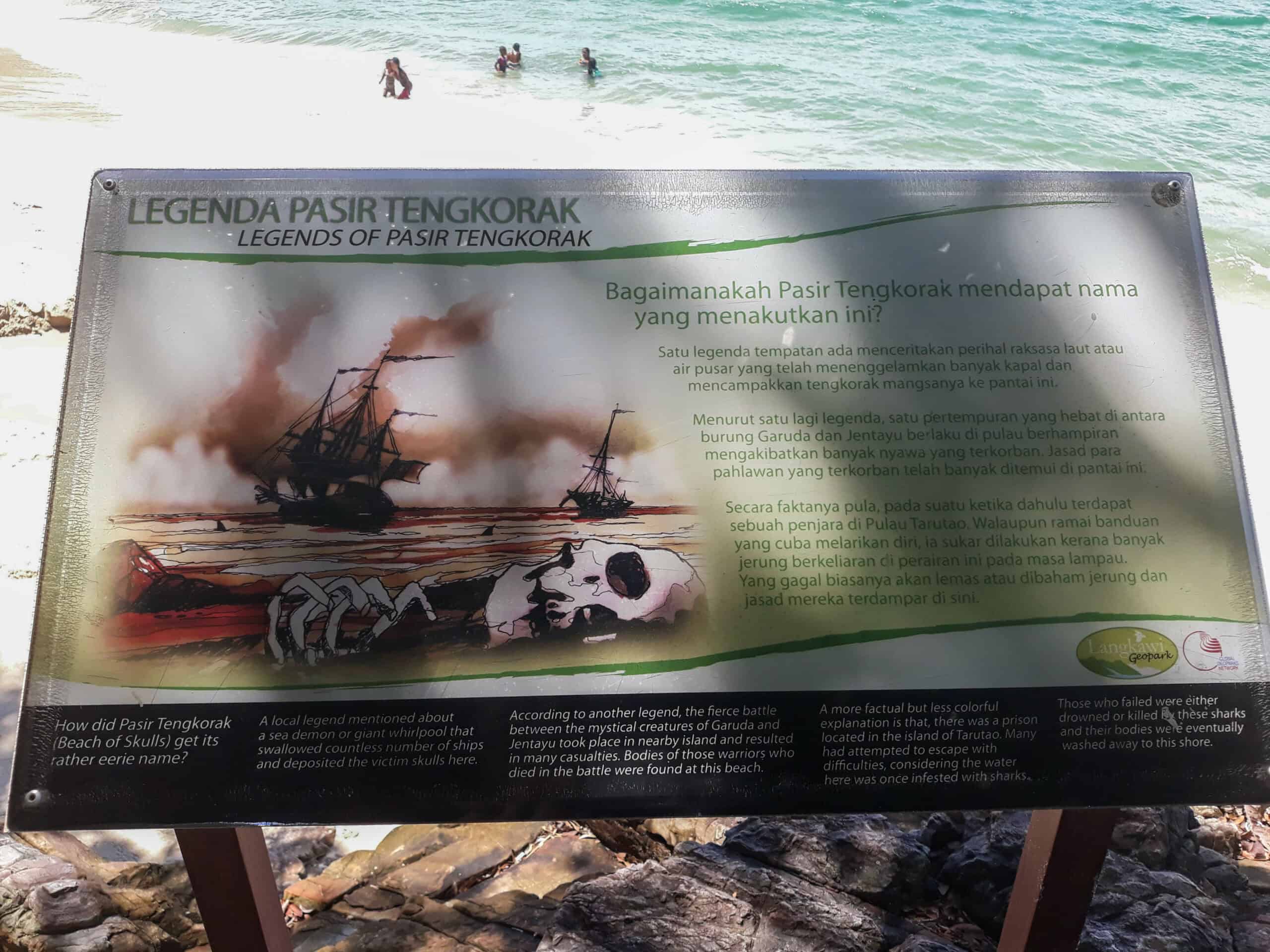
Local stories differ on when the beach got its name, but several versions link it to human remains discovered by locals on the beach from that period. The two locations (Tengkorak and Teluk Yu) lie less than 6 kilometers apart, a reminder of how this stretch of coast has likely witnessed its share of grim events over the years.

What My Local Experts Had to Say
But the local experts I consulted had other ideas. One of my experts asked an elderly resident of Thai descent, who said the bay was named simply because it curves in the shape of a U, which we both found humorous.

Another (a local historian) was confident it had nothing to do with sharks at all. He claimed yu referred to whirlpools that once formed off the coast and caused shipwrecks.
He added that the area had also seen many battles, from the Cholas and Persians to the Burmese, Japanese, and Acehnese, and many people had actually died there. Additionally, yu (pronounced “ooo”) might link to a Thai word meaning “to stir up”, in reference to the whirlpools.
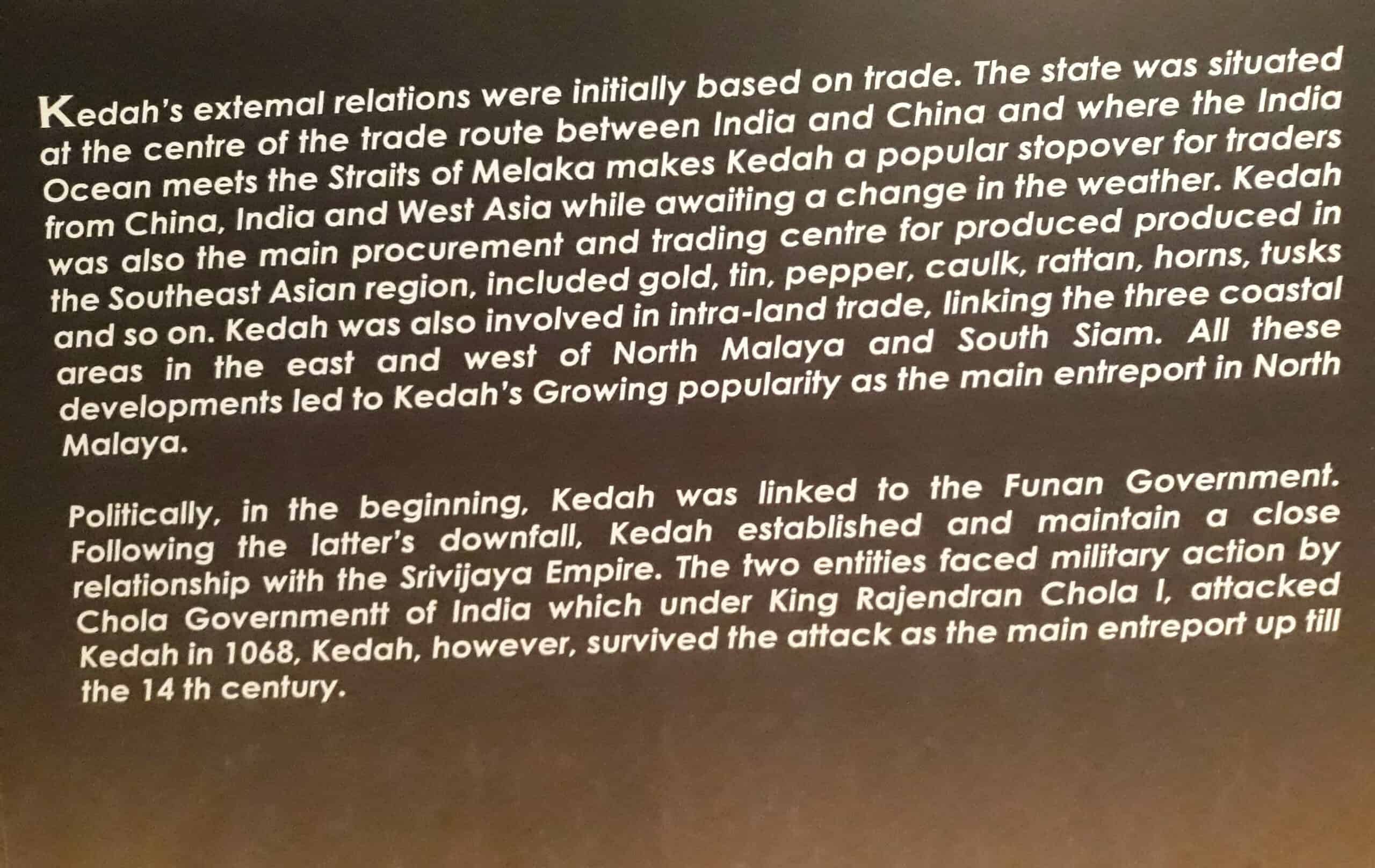
Whatever the theory, one thing is certain. The name Teluk Yu long predates the modern shark statues. It appears on maps from the late 1800s and likely goes back centuries, perhaps even a millennium, to a time when local fishermen and sailors gave names to bays according to what they saw, including the sea life, the shape of the coastline, and the perils of the water itself.
Yu and Jerung: Two Words With Long Histories
In the Malay language (Bahasa Melayu), there are actually two words for “shark”: yu and jerung. To most speakers, they sound like simple alternatives. But their stories hint at a richer history about how the Malay people and their language evolved through centuries of trade, migration, and cultural contact across the seas.
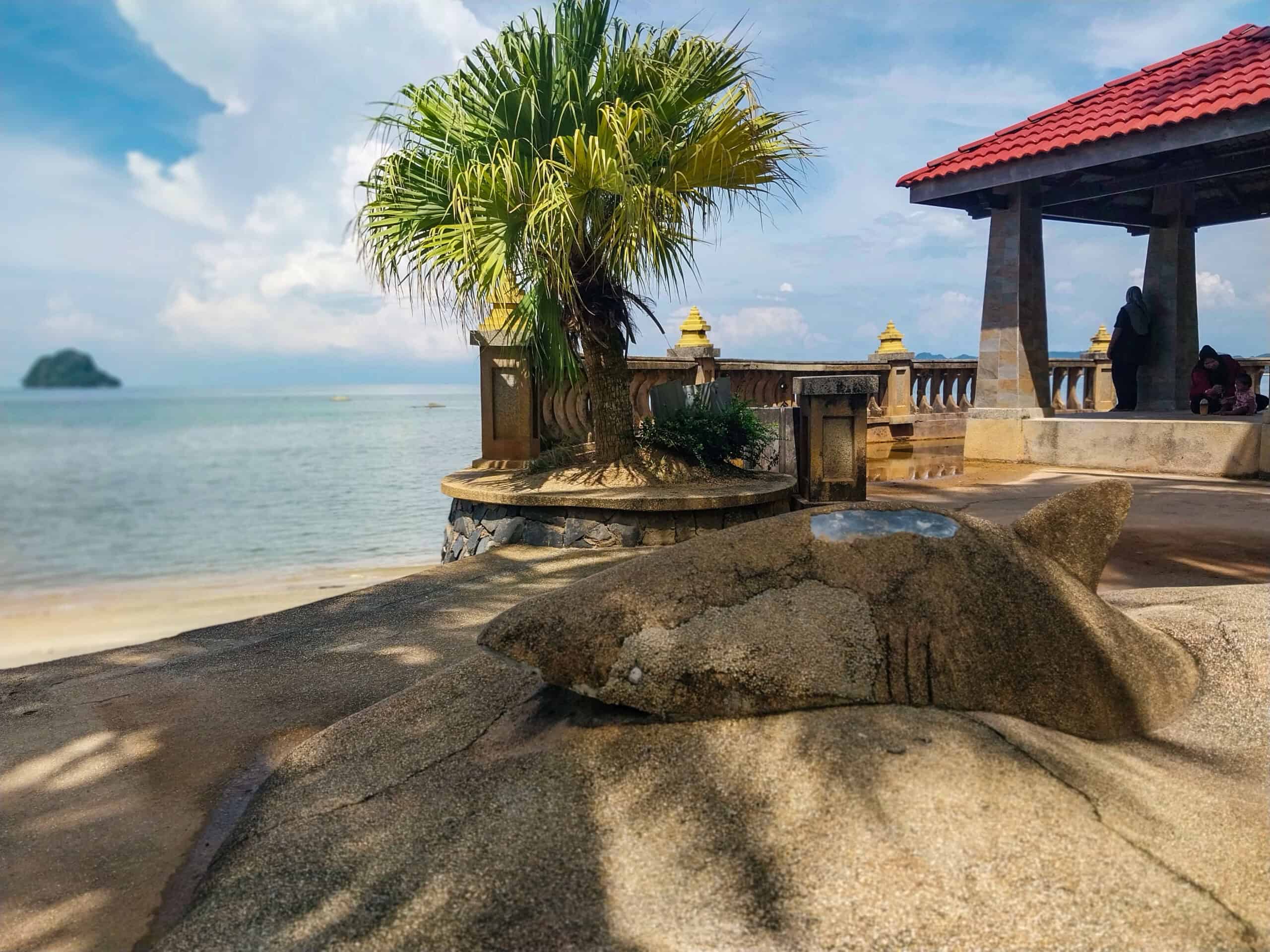
The upper reaches of the Straits of Malacca have served as a regional crossroads for centuries. Archaeological evidence from the northern Malay Peninsula indicates human activity dating back to the Neolithic period, and by the early centuries CE the Kedah coast was already embedded in long-distance maritime trade networks associated with early peninsular kingdoms such as Langkasuka and, later, Srivijaya.
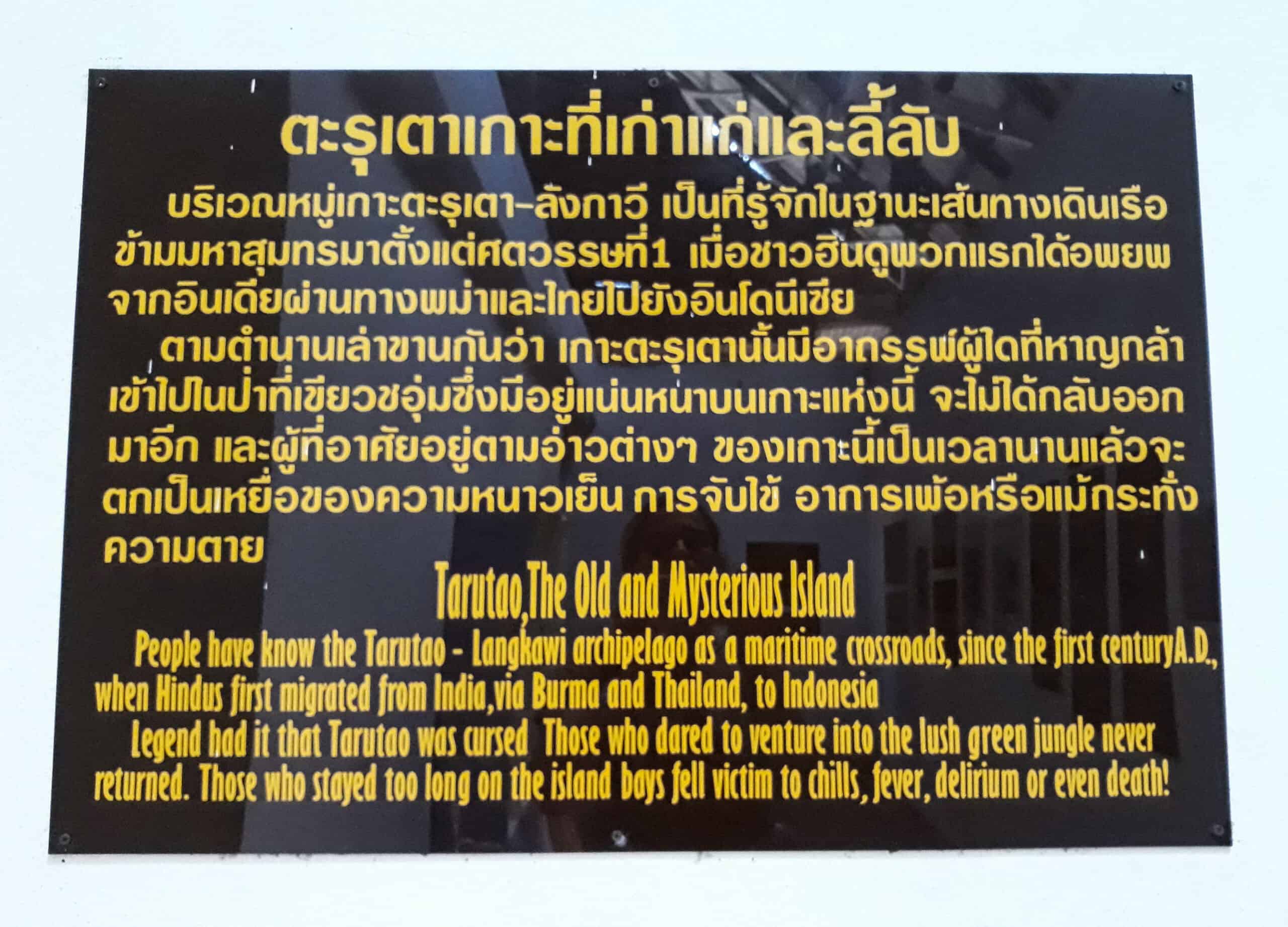
Langkawi, perched along these sea routes, would have witnessed countless exchanges between Austronesian sailors and traders from India and China. Such long contact with the sea shaped language as well as livelihoods, a fitting context for a word like yu, whose lineage reflects the extensive maritime history of the Malay Peninsula.

Tracing the Roots of the Word Yu
The word yu is ancient. Linguists trace it to a Proto-Malayic root, yuʔ, meaning “shark.” According to the Malay Wikipedia, the words yu, hiu (Indonesian standard), and iu are derived from the Proto-Austronesian root qiSu. The word yu is also commonly used in the Malay Peninsula and Sumatra.
Variations of this root appear in related Austronesian languages such as Iban and Indonesian, suggesting that it originated within the Austronesian language family long before foreign contact with the Malay Peninsula.
How Other Cultures May Have Shaped the Word
Yu may be part of an old maritime vocabulary that grew out of centuries of seafaring and coastal life. Yu is generally a more general term, while jerung may have been associated with more aggressive sharks.
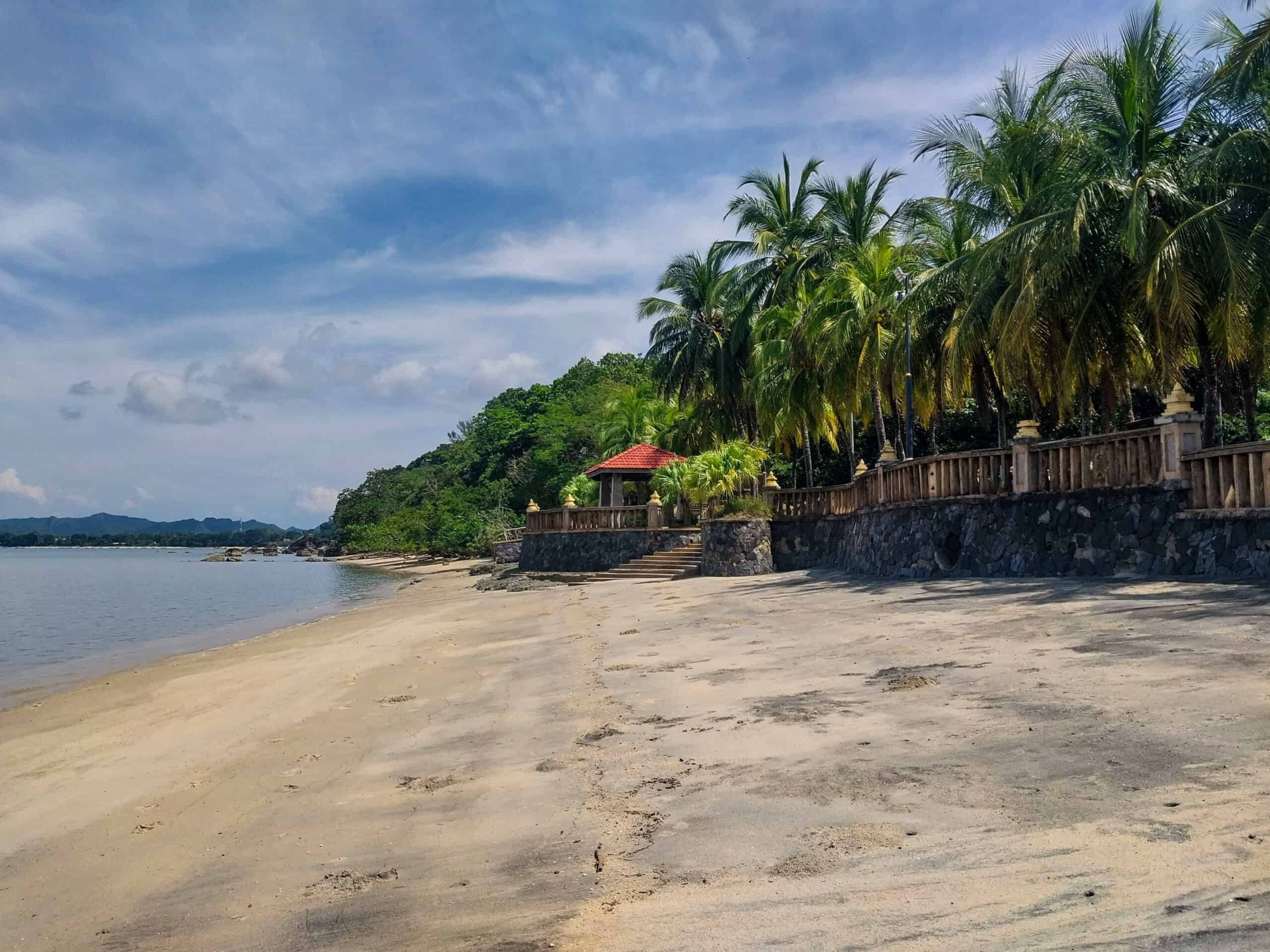
Some online sources, however, have suggested another possibility. Because yu sounds similar to the Chinese word 魚 (yú), meaning “fish”. It might have been reinforced through contact with Chinese traders in port cities along the Straits of Malacca.
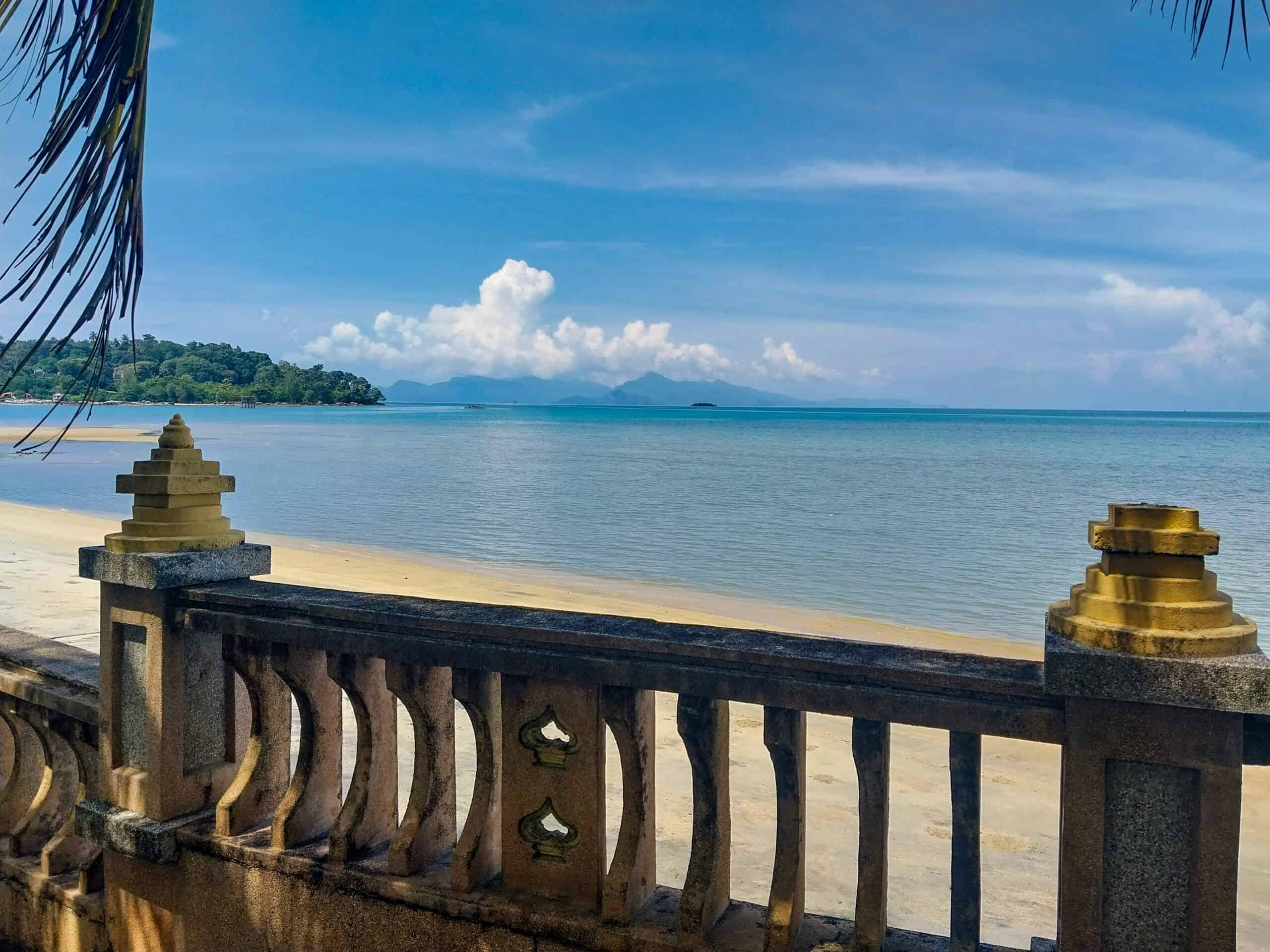
Malay absorbed many Chinese loanwords over time, especially for foods and sea life, so the similarity is tempting. It may be that yu began as a native Austronesian word and was later influenced by the Chinese term that sounded the same.
Where Jerung Fits Into the Story
The word jerung, meanwhile, seems to have developed later within Malay itself. Its origin is uncertain, but it spread widely across Peninsular Malaysia and exists alongside yu as another term for “shark.” Jerung is sometimes seen as the more formal term and is commonly used in newspapers, textbooks, and other written sources. The name of Singapore’s Jurong is even believed to come from jerung, which in itself is another linguistic rabbit hole.
Both yu and jerung survive in modern Malay language. Yu is the older, indigenous term and remains widely used, appearing in compound phrases such as ikan yu or in species names like yu paus (whale shark), and in place names such as Teluk Yu. Their coexistence reflects the layered history of Malay, blending indigenous roots with centuries of external influence through trade and maritime contact.
Where Language and Legend Meet
Whether Teluk Yu was named for sharks, whirlpools, or simply the shape of the bay, its story reveals the unique ties between language, place, and the sea. Words like yu and jerung carry echoes of the past, from a time when the ocean provided both livelihood and legends.

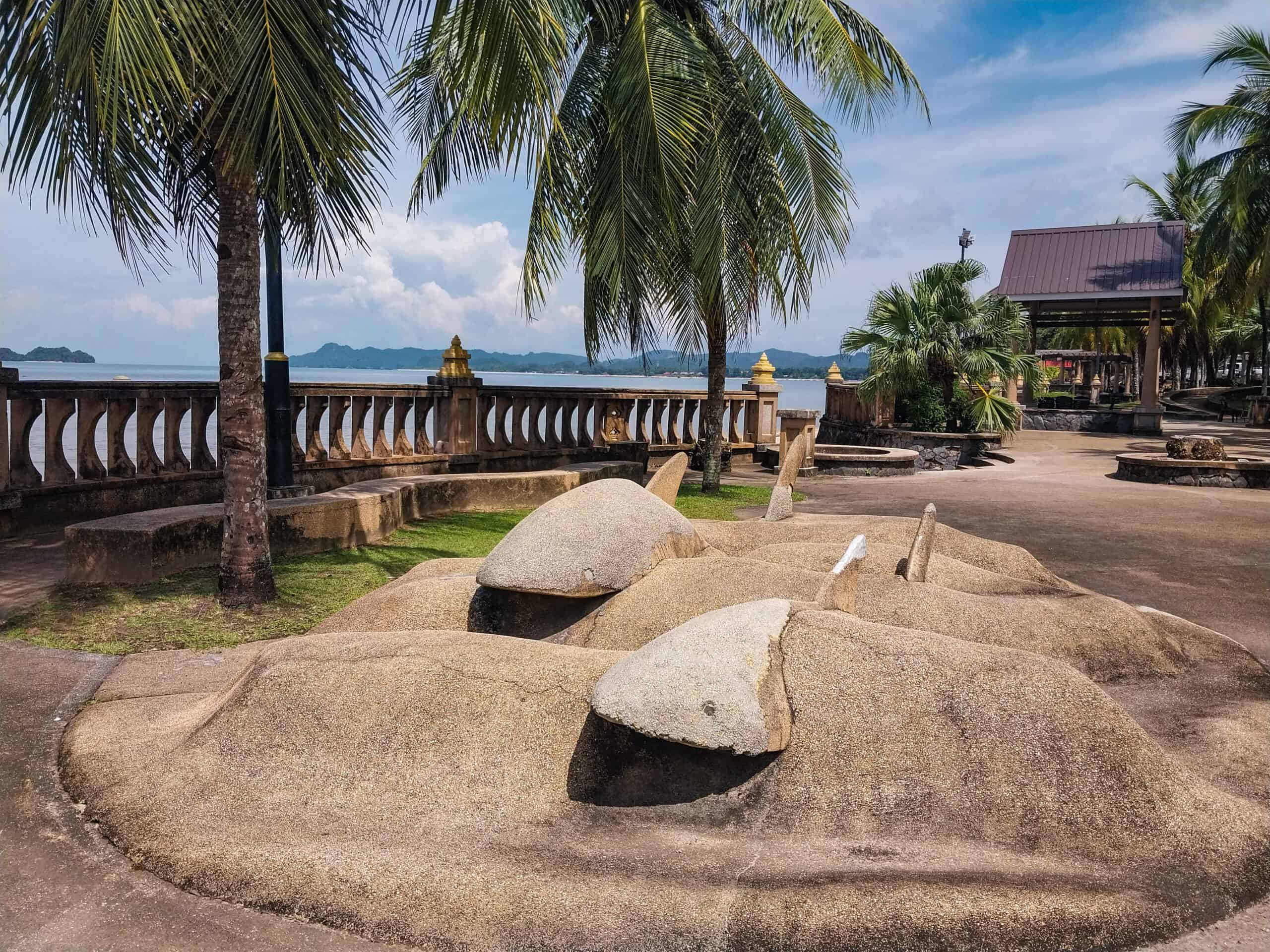
Personally, I still lean toward the shark theory. Langkawi’s past is rich with tales of shipwrecks, pirates, and maritime battles, and Teluk Yu fits perfectly into that legacy. Either way, the name stands as a reminder that language and landscape often tell the same story, if you’re willing to dig a little deeper.


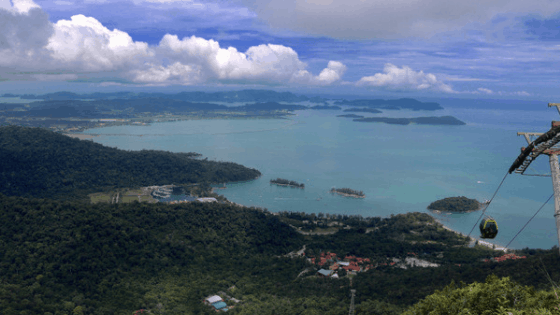
Leave a Reply